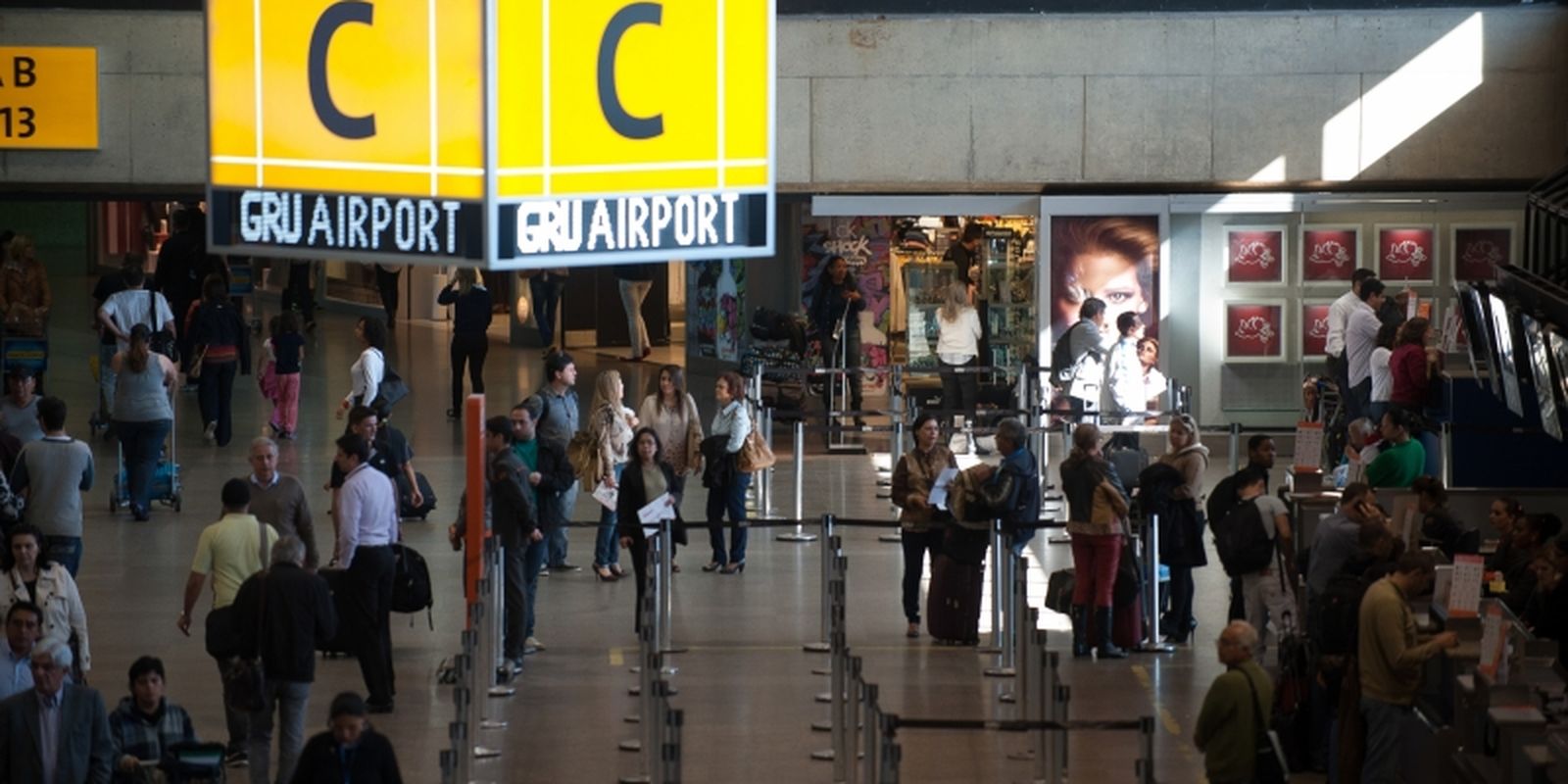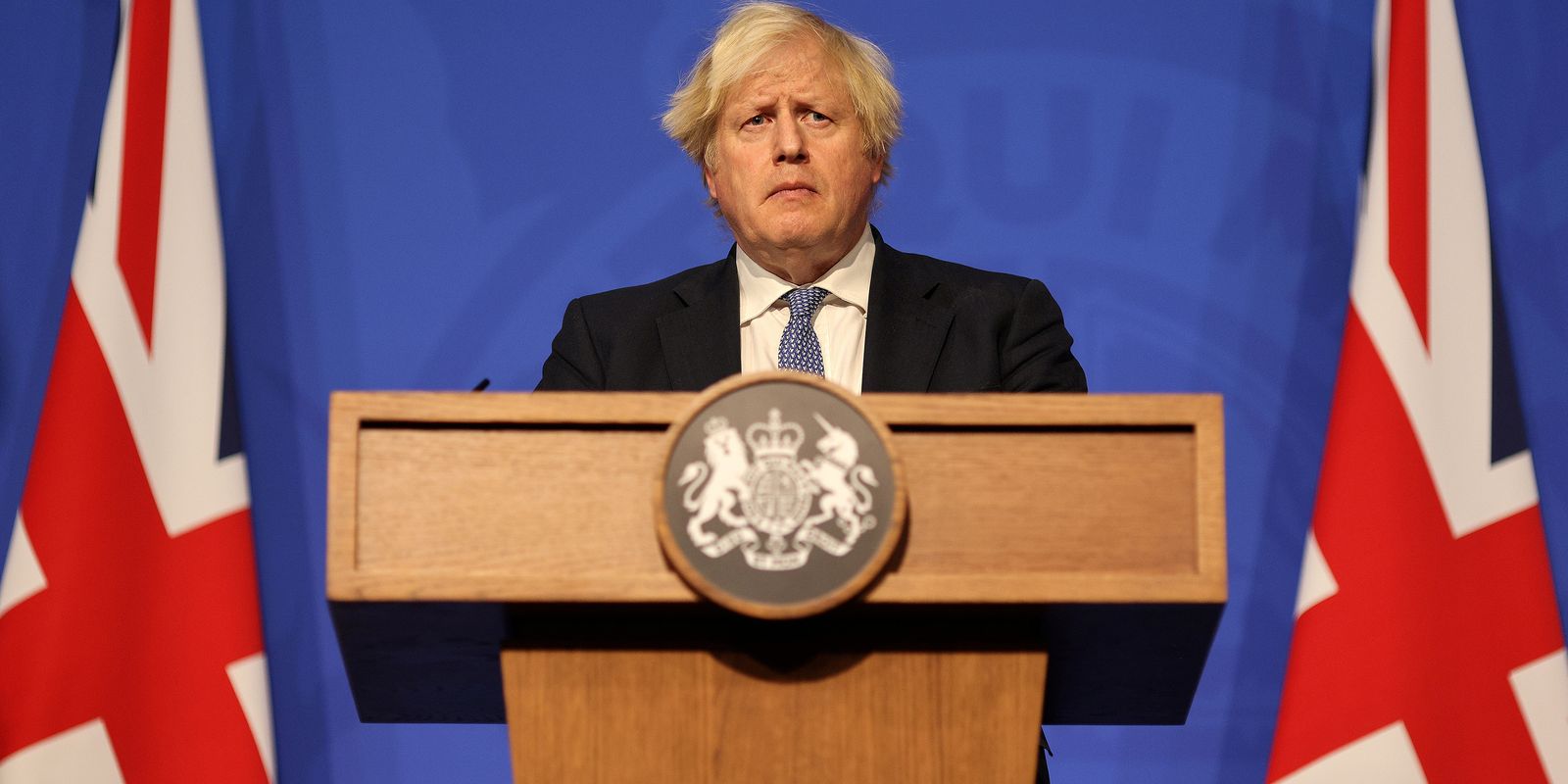Sixty-one years after his assassination, the remains of Congolese leader Patrice Lumumba will finally have his funeral in the capital of the current Democratic Republic of Congo, Kinshasa. According to information from the Deutsche Welle agency, these “remains” are a single gold tooth left by the corpse of the former Prime Minister of the former Republic of Congo, the first elected after independence from Belgium.
Sixty-one years after his assassination, the remains of Congolese leader Patrice Lumumba will finally have his funeral in the capital of the current Democratic Republic of Congo, Kinshasa. According to information from the Deutsche Welle agency, these “remains” are a single gold tooth left by the corpse of the former Prime Minister of the former Republic of Congo, the first elected after independence from Belgium.
Flavio Aguiar, political analyst
Born in 1925, Patrice Emery Lumumba became the leader of the Congolese National Movement, founded in 1958. His impromptu speech at the ceremony recognizing the independence of the new country in June 1960 became famous. the progress made by the so-called “Belgian Congo” during the colonial period. By surprise, Lumumba takes the floor and denounces the exploitation and the atrocities committed by the Belgians during their domination. His speech would have caused enormous embarrassment among the Belgian authorities present but also among the members of the Congolese elite.
Lumumba was elected prime minister and Joseph Kasa-Vubu president. However, the region of the Congo River, which gave it its name, and especially that of its main former, the Lualaba River, are rich in gold, copper and uranium ores. For this reason, during the Cold War they were the target of disputes between the powers in direct conflict, the United States and the Soviet Union, as well as the United Kingdom and the former metropolis, Belgium, whose mining companies retained their properties even after independence. The conflicts escalated because the province of Katanga, then the richest in the country, led by Moise Tschombe, declared itself independent from the central government, starting a civil war. Tschombe had the support of the United States, through the CIA, the United Kingdom, Belgium and their mining companies.
Lumumba’s government began to suffer from all sorts of challenges, with great political unrest sweeping the country. Belgium sent 6,000 troops to the Congo under the guise of protecting its citizens living there. There was also the presence of the so-called “Blue Berets”, troops in the service of the UN. Lumumba attempted to enlist aid and support from the United States, Canada, and the UN, traveling to New York, Washington, and Ottawa without success. The American, British and Belgian governments feared that he was getting closer to the Soviet Union and opposed his plans to nationalize the mining companies.
In September 1960, Colonel Joseph Désiré Mobutu deposes the government and takes power. Lumumba attempted to flee, but was captured by Mobutu’s forces in a dramatic move: his wife and children were taken prisoner by the pursuing forces, and he practically surrendered himself to them to save them. Mobutu then decides to hand him over, with two additional aides, to his enemy Tschombe. Lumumba and his followers were beaten and tortured, and on January 17, 1961, in the presence of Katanga authorities as well as Belgian officials advising the rebel government, the three were shot.
Dissolved bodies in sulfuric acid
Lumumba’s body was buried in a shallow grave. The next day, on Tschombe’s orders, the tomb is desecrated, Lumumba’s body is exhumed and dissolved in sulfuric acid. Who commanded this operation was the Belgian officer Gerard Soete and his brother. The remaining bones were scattered, but Soete kept, as a rather macabre souvenir, the gold tooth, which he took with him to Belgium. Died in the year 2000, the relic remained in his family.
In 2002, the Belgian government officially admitted responsibility for Lumumba’s murder. In 2016, Lumumba’s family began a process to recover the tooth. In June this year, Belgian Prime Minister Alexander De Croos handed it over, with an official apology to the family. The tooth will be sent to a funeral coffin in Kinshasa, where it will be honored as an official tribute, then placed in a special mausoleum. An official mourning was decreed in the country from June 27 to 30.
Previously, King Felipe, the current monarch of Belgium, visited the Democratic Republic of Congo, carrying cultural and sacred objects that the Belgian government had taken possession of. The king issued an official statement lamenting his country’s years of exploitation and atrocities during the colonial period.
Let’s hope that the delivery of the relic made with probably Congolese gold will become the cornerstone of a policy of reparation from Belgium vis-à-vis the Congo and from Europe vis-à-vis Africa.
A reminder: in September of this year 1961, the plane in which the Secretary General of the United Nations, the Swedish diplomat Dag Hammarskjold was traveling with 15 companions, including advisers, bodyguards and the crew, crashed in neighboring Northern Rhodesia, present-day Zambia, killing all travellers. . The secretary was going to the Congo to try to arbitrate the conflict. To date, there are strong suspicions that the plane was shot down in an operation coordinated by agencies from the United States, United Kingdom, apartheid South Africa and Belgian mining companies. . There is a new UN investigation into this. But that subject is for another occasion.

“Pop culture fan. Coffee expert. Bacon nerd. Infuriatingly humble communicator. Friendly gamer.”







